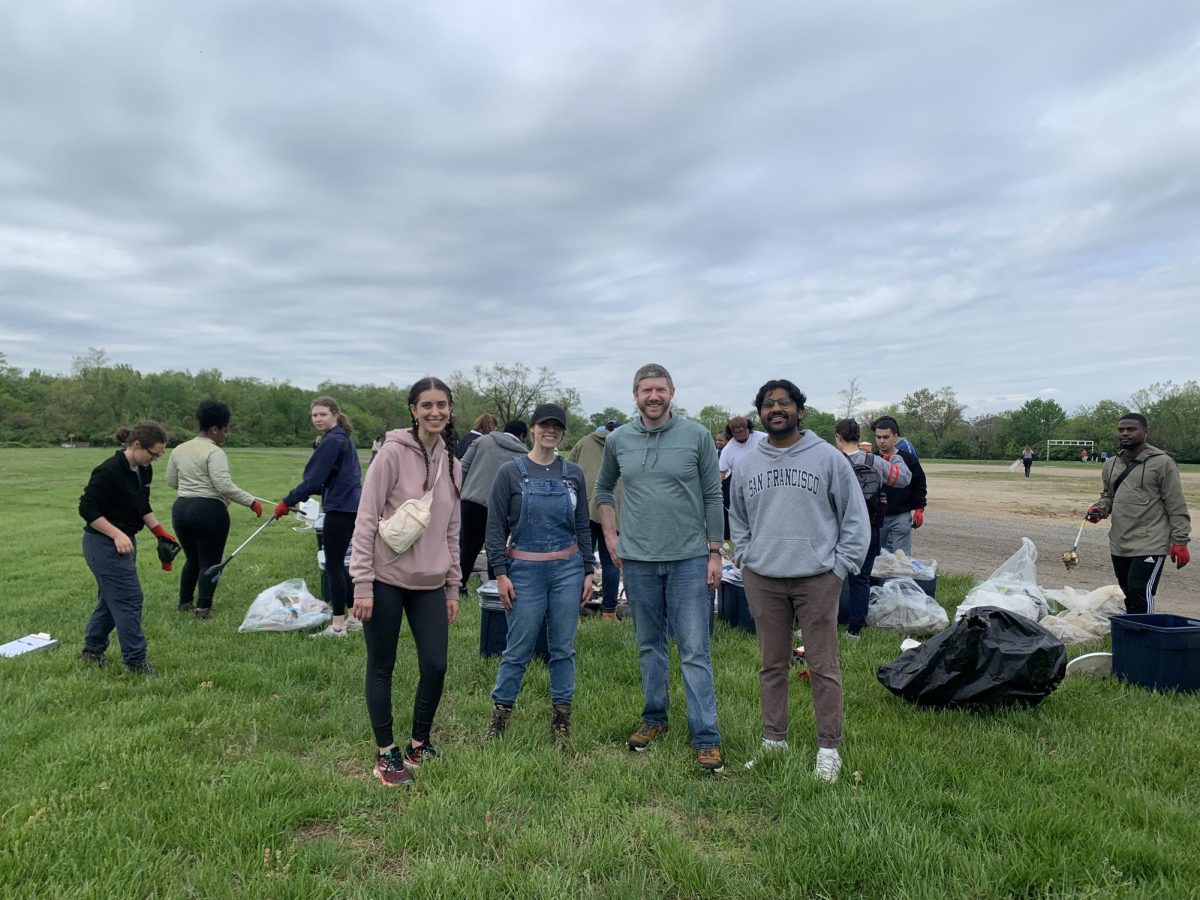Every semester, Georgetown language students dish out $70 in lab fees, but many have never seen the inside of the lab room.
In an era of continuously emerging technologies, the language lab could seem antiquated, a last vestige of teaching strategies from the 1970s – and students are increasingly dismissive of the idea.
“There isn’t anything in the language lab that I can’t do on Blackboard,” said Declan Cummings (COL ’12) when asked if he had ever visited the actual location in room 224 of the Intercultural Center.
Blackboard has become a tool for language students, bringing listening exercises from tape cassettes to laptops. The language lab is in charge of managing these recordings, renewing copyrights every year and organizing the lessons so that students can listen to them at home.
The lab, which is managed by Georgetown’s Center for New Design in Learning and Scholarship, is also expanding its technologies to include Teletandem Brasil, a Skype foreign language exchange program with Brazilian students.
Peter Janssens, associate director of Instructional Resources for CNDLS, has made adapting the language lab to newer technologies a priority since he started his post in 2001.
“When I first arrived, the language classroom was very old-fashioned,” Janssens said. “Only a few departments used it.”
In 2003, the lab classroom was renovated and equipped with computers that have since been regularly replaced and maintained. The lab is now fitted with Apple desktop computers complete with cameras to facilitate video chat exchange programs. Janssens said that over 40 foreign language classes use the room weekly or bi-weekly.
Still, the adjacent media lab, which is meant for personal study, is technologically behind. Georgetown has not updated the lab’s tape-based setup, though Janssens hopes that will change in the next few years.
“We have a proposal to renovate the lab to change it from a place where students walk in and sit at a computer and absorb information to a place where students can collaborate and work together,” Jannsens said.
For students, such a change could make the physical language lab relevant for personal study. After being told of the lab’s future renovation, Cummings said that he would likely pay a visit to the room.
“If the lab offered something unique, truly unique, like a group environment that facilitated learning languages, then I would go,” he said.
According to professors in the linguistics department, language labs can be useful tools in supplementing language education, but should not be considered the first choice for teaching.
“[Labs] do have a place, but they don’t replace classes because you need interaction,” said professor Patrick Rebuschat, a visiting assistant professor of linguistics.
Professors in the French department encourage their students to use the program as a supplement, and do not consider the private study room outdated.
“I will recommend that students use some of the video that’s there,” said professor Alissa Webel, a visiting professor in the French department. “It’s still a resource that we like to have with us.”














